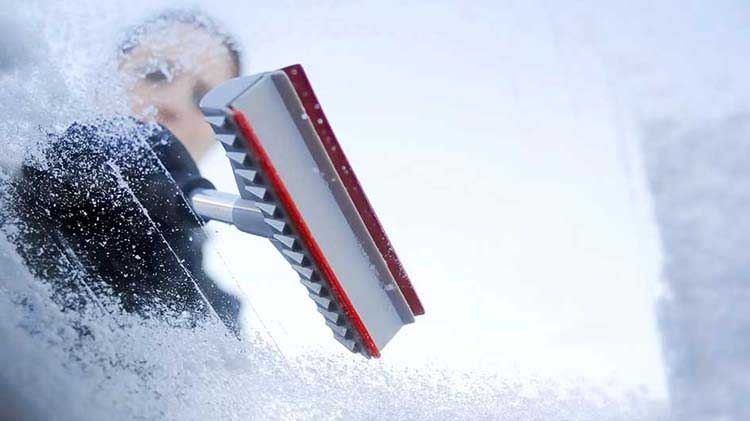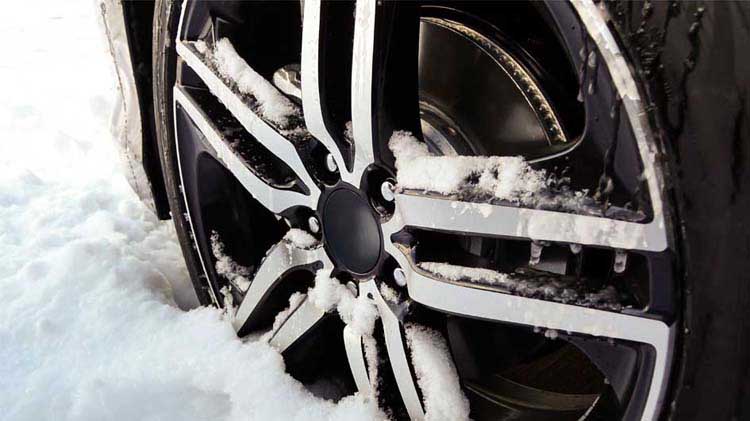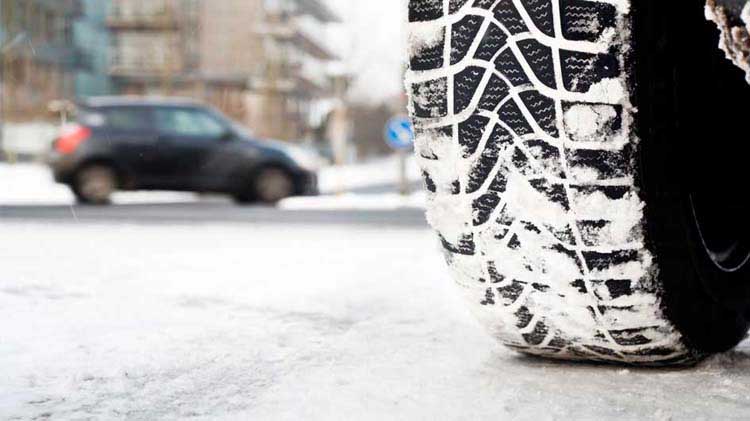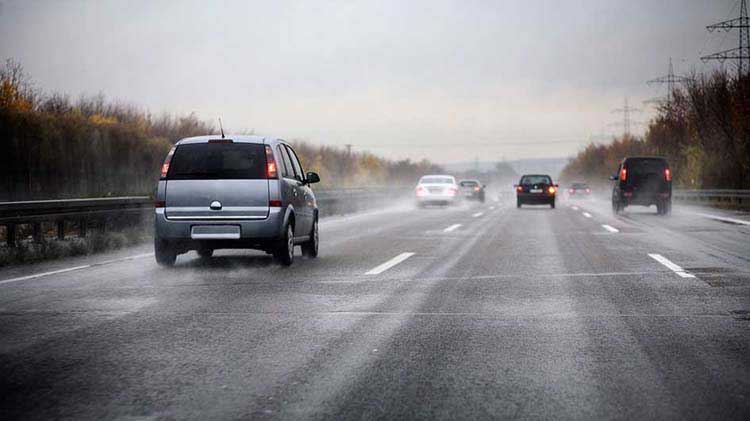How to get ice off of your windshield and other tips
Clearing frost, removing snow and scraping ice helps increase your road visibility while driving during the winter months.
At anytime of year, especially during the dark and potentially treacherous driving days of winter, it's essential to keep your car windows clear. Be sure to build in extra time to remove snow and ice from your car and windshield before you drive out onto the wintry roads.
Clear the snow from around your car
- Before you tackle accumulations on the windows, check to see that the tailpipe is free of snow. Snow covering your tailpipe could lead to carbon monoxide buildup in your car. After that, turn on the car and run the defroster. It may take five minutes or more to warm up the car and start the melting process. Clear snow from the roof, hood and trunk lid while you wait.
- Next, clear the side windows and rear windows. Do the windshield last to give the defroster more time to start melting the ice.
- Don't forget to clear your exterior mirrors, headlights, taillights and turn signals. Your last steps: Clear off and dry your wiper blades and make sure your wiper fluid nozzles are clear. If your wipers are more than six months old or they're not clearing the windows properly, it's time to replace them.
Remove the frost from your windows
- Use the smooth side of a plastic ice scraper to clear frost. If it's an especially light coating and you don't have a scraper, a plastic card from your wallet or an old, unusable CD can serve in a pinch. Use vertical strokes and gently push the accumulation down and off the car.
- To lessen or prevent buildup in the first place, you also could use a product specifically designed for this purpose on your windows. Ask your mechanic or the staff at an automotive supply store for recommendations, and be sure to follow the manufacturer's instructions when applying.
Get an auto insurance quote
Want to protect your car?
How to get ice off the windshield
- Use the ridged side of a plastic ice scraper to get ice off the windshield. Make vertical slashes down the window, and then scrape across the window surface to break up the ice into smaller chunks.
- Never pour hot water on a car covered in ice. The rapid temperature change can cause glass to crack or shatter. And don't use a screwdriver, metal key or other sharp item to chip ice away. These can scratch or shatter the glass.
How to remove snow from the car
- For fluffy snows, use a snow brush with plastic bristles or a broom to clear windows, followed by a light scrape with an ice scraper as needed. Heavy snows may require clearing snow with a push broom, but don't use your snow shovel or you risk damaging your car.
- Clear snow off the car's roof before you clear the windows, and also brush the snow off the front hood and trunk before you head out. Skip this step and big clumps of snow could blow off while you're driving, obstructing your view or that of another driver.
- If your car can be kept in a garage or under an overhang, it can reduce snow and ice buildup. If that is not available, covering the roof, windshield and hood of the car with a snow blanket can allow for easy removal by pulling the blanket away from the car.
- Consider installing a remote starter to save you some time and help you with the clean-up process. It is an excellent way to defrost windows and make snow or ice removal easier and faster. Remote starters for cars also help make your car warm and toasty when you get in.
Watch for fog buildup on the interior windows
- Sometimes your visibility can be hampered from inside the car. Always keep the air vent set to "fresh" rather than "recirculate," which can contribute to foggy windows. Your car's defroster can help reduce the problem, as can opening your windows slightly. For best results, use your air conditioner. Air conditioners are designed to remove moisture from the air, and they can do that job even when the heater is on. Finally, keep a clean microfiber cloth in the car to clear stubborn foggy spots.
- The driver and passengers should shake off as much snow and moisture from their clothes and shoes as possible before entering the car. This lessens the moisture level in the carpeting and upholstery and helps prevent fog buildup.
- Also, clean your interior windows at least once a week during the winter. Over time, film can build up on windows, increasing the potential for fogging. Your local automotive supply store also carries products that you can apply to reduce interior fogging.
Learn more winter driving survival tips as well as possible ways to prepare your car for winter. Also, be sure to contact a State Farm® agent for your insurance needs or questions.




